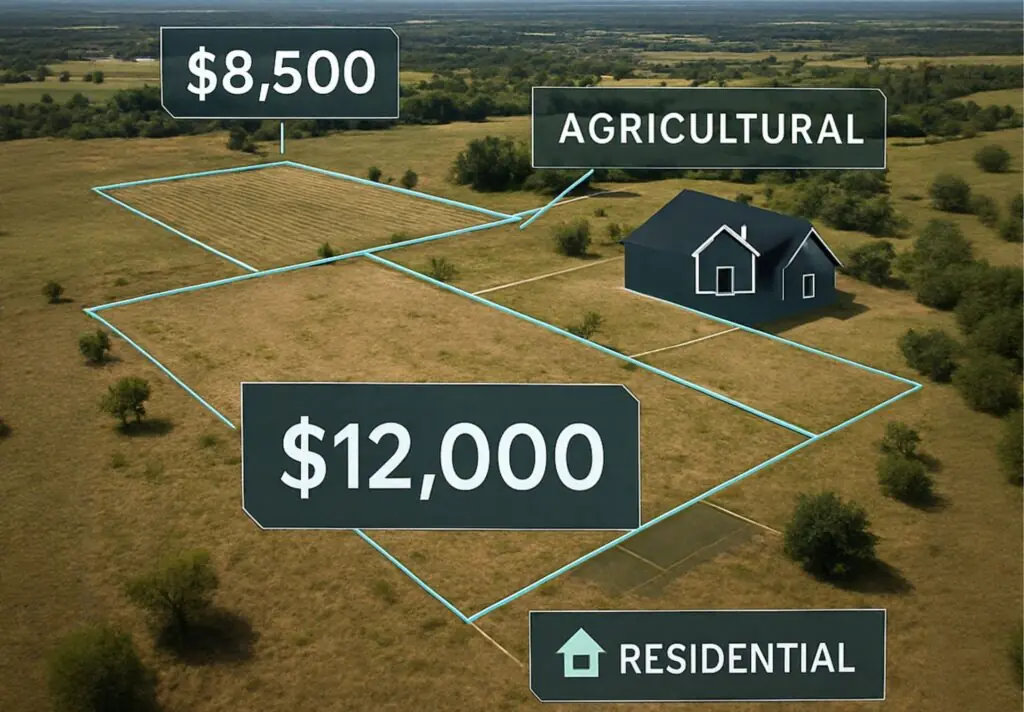Whether you own rural acreage, a city lot, or development-ready property, the question “how much is my land worth?” is one every landowner eventually asks. In today’s real estate climate, where interest rates, buyer demand, and regional growth patterns shift rapidly, understanding your land’s value isn’t just about curiosity — it’s about strategy. By combining land value basics with up-to-date market insights, you can set a competitive price, attract the right buyers, and maximize your returns in 2025.

The Core Drivers of Land Value
Even as the market changes, the fundamentals remain constant:
- Location Advantage — Land near urban growth corridors or upcoming infrastructure projects typically sees higher appreciation.
- Zoning Potential — Agricultural, residential, or commercial use directly affects demand and pricing.
- Access and Infrastructure — Road frontage, utility hookups, and water rights are value multipliers.
- Topography and Usability — Buildable acreage with flat terrain often commands a premium.
Market Trends Shaping Land Prices in 2025
The value of your land today is influenced by broader economic patterns:
- Migration Shifts — Influxes to states like Texas, Florida, and Tennessee are pushing land values higher.
- Interest Rate Sensitivity — Higher rates can slow land sales but may create buying opportunities for cash investors.
- Agricultural Commodity Prices — For farmland, crop prices and livestock demand influence value.
- Development Hotspots — Emerging suburbs and commercial hubs often see double-digit annual appreciation.
Smart Valuation Strategies
Instead of relying on rough guesses, landowners are using these methods to get accurate answers to “how much is my land worth”:
- Comparable Sales Analysis (Comps) — Match your property with recently sold similar parcels.
- Highest and Best Use Assessment — Evaluate what the property could be worth if rezoned or improved.
- Professional Appraisals — Provide a certified market value, especially for financing or legal purposes.
- Buyer Profiling — Understanding whether your ideal buyer is a developer, investor, or private owner helps refine pricing.
Ways to Boost Value Before Selling
Sometimes, small changes can result in big price jumps:
- Clear Access Points — Ensure roads or driveways are usable.
- Secure Legal Rights — Resolve title or easement issues before listing.
- Improve Presentation — Drone photos and detailed maps help buyers see the potential.
Answering the question “how much is my land worth” requires blending timeless land value basics with current market knowledge. In 2025’s competitive real estate environment, accurate pricing isn’t just about knowing what your land is worth now — it’s about understanding where the market is heading and positioning your property to meet that future demand.